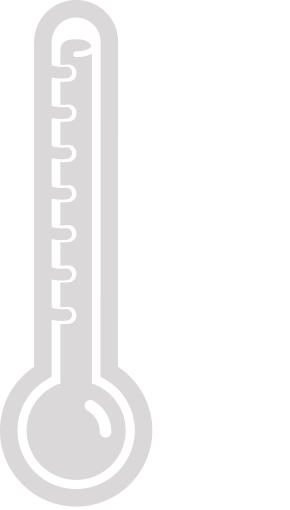
Lost group
Okay, so you have gotten yourself lost…. Don’t panic! There are things you can do.
- Stop, don’t go getting more lost! (yes, it can be done)
- Don’t panic
- Begin working out where you are
- Do not split up
- Go to a high point with your map, compass and mobile phone (if service is available) and endeavor to recognise features
- Can you retrace your steps? This could be a way to return to a recognisable place
- Think about what you are going to do before you call in the emergency services
- If still completely lost, your task changes to surviving until you are found. Help your rescuers by staying together, building shelter and conserving energy
- Create a signalling system with a torch, mirror or by maintaining a small fire (NOT a bushfire!). But make sure its only after contacting emergency services
- Use your whistle to signal for help…3 blasts for the victim, one for the rescuer




